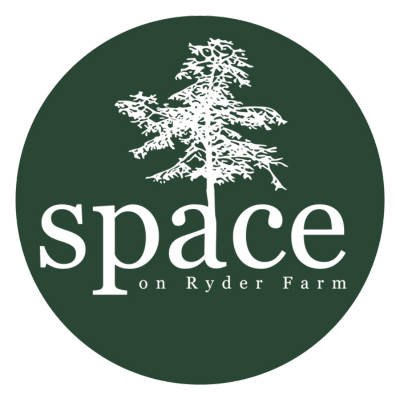
The History of the Land
The land now known as Ryder Farm in Brewster, New York was first home to Indigenous peoples known as the Wappingers, whose earliest settlements in what is currently Putnam County date back more than 2,000 years ago. Archaeological evidence points to the presence of various Indigenous residents in the region up to over 12,000 years ago.
After the arrival of Dutch and English explorers in the 1600s, pandemic and violent conflict brought on by colonization quickly took a devastating toll on the Wappingers. Even when Europeans attempted to “purchase” Wappinger lands, the colonizers’ view of the permanent sale was at odds with that of the Wappingers, who adhered to a model of shared land stewardship and gift exchanges.
In 1691, two Dutch traders “purchased” the land, which was subsequently sold to Adolph Philipse, a merchant whose property included much of New York’s present-day Westchester, Putnam, and Dutchess Counties. During the French and Indian War (1754-1763), many of the Wappingers went to Stockbridge, Massachusetts. They became known thereafter as the Stockbridge Mohicans. Upon returning after the war, they argued that they had been defrauded of their ancestral lands. But the colonialist Provincial Council upheld Philipse’s ownership claim.
In the 1780s, the Stockbridge Mohicans accepted an invitation to live among the Oneida Nation in western New York. However, pressure to remove Native peoples from their lands was strong in New York at the time. Because of this, part of the community was eventually forced to move to Ohio and Indiana before staying in Wisconsin, where they still reside as the Stockbridge Munsee of Shawano County, Wisconsin.
Loyalists to Great Britain during the Revolutionary War, Philipse and his family fled America after the war. Their land was confiscated and divided by the New York Legislature, and eventually sold to immigrant farming families. Eleazer Ryder first began farming the land as a tenant, before ultimately purchasing the property now known as Ryder Farm in 1795.
Today, Ryder Farm is one of the oldest continuously held family farms along the East Coast, and the oldest in Putnam County. Throughout the 19th and 20th centuries, Ryder Farm housed a variety of operations, including a working farm with a general store, a dairy farm, and a leisure farm with a tennis court.
In the late 1970s, the Ryders’ farming tradition was reinvigorated by family member Hall Gibson, followed by Betsey and John Ryder. Under their stewardship, the farm became an early adopter of the burgeoning organic farming movement gaining momentum throughout the United States at the time.
In 2009, Emily Simoness, an 8th-generation Ryder, became involved with Ryder Farm upon recognizing that her own artistic community could both benefit from and contribute to the long-standing but rapidly aging family farm. In 2011, Emily co-founded SPACE on Ryder Farm with the mission of providing both time and space for artists to develop new work while also contributing to the sustainability and resourceful preservation of Ryder Farm. With the help of an army of inspired artists, volunteers, friends, and family, SPACE was born.
At the end of the 2018 growing season, Betsey Ryder retired after 40 years of cultivating organic vegetables, flowers, and herbs. SPACE officially took on all agricultural operations at the beginning of 2019, and is proud to follow in the footsteps of Ryder Family members and Indigenous farmers who have tended this land in years past.
The Residency
SPACE was established for artists by artists with a simple philosophy: artists need time and space to do what they do best—create. Since our founding in 2011, artists, innovators, and changemakers have come to SPACE to do their most important work.
Through unique residency programs designed to serve artists of all disciplines, social activists, nonprofit organizations, and parent-artists with their children, SPACE has welcomed over 1,550 residents; mentored over 75 young professionals through fellowship and internship programs; and developed a national reputation as one of the most sought-after residency programs in the country. Through our intentional approach to arts and agriculture, SPACE on Ryder Farm provides a place to create, recharge, and commune.
